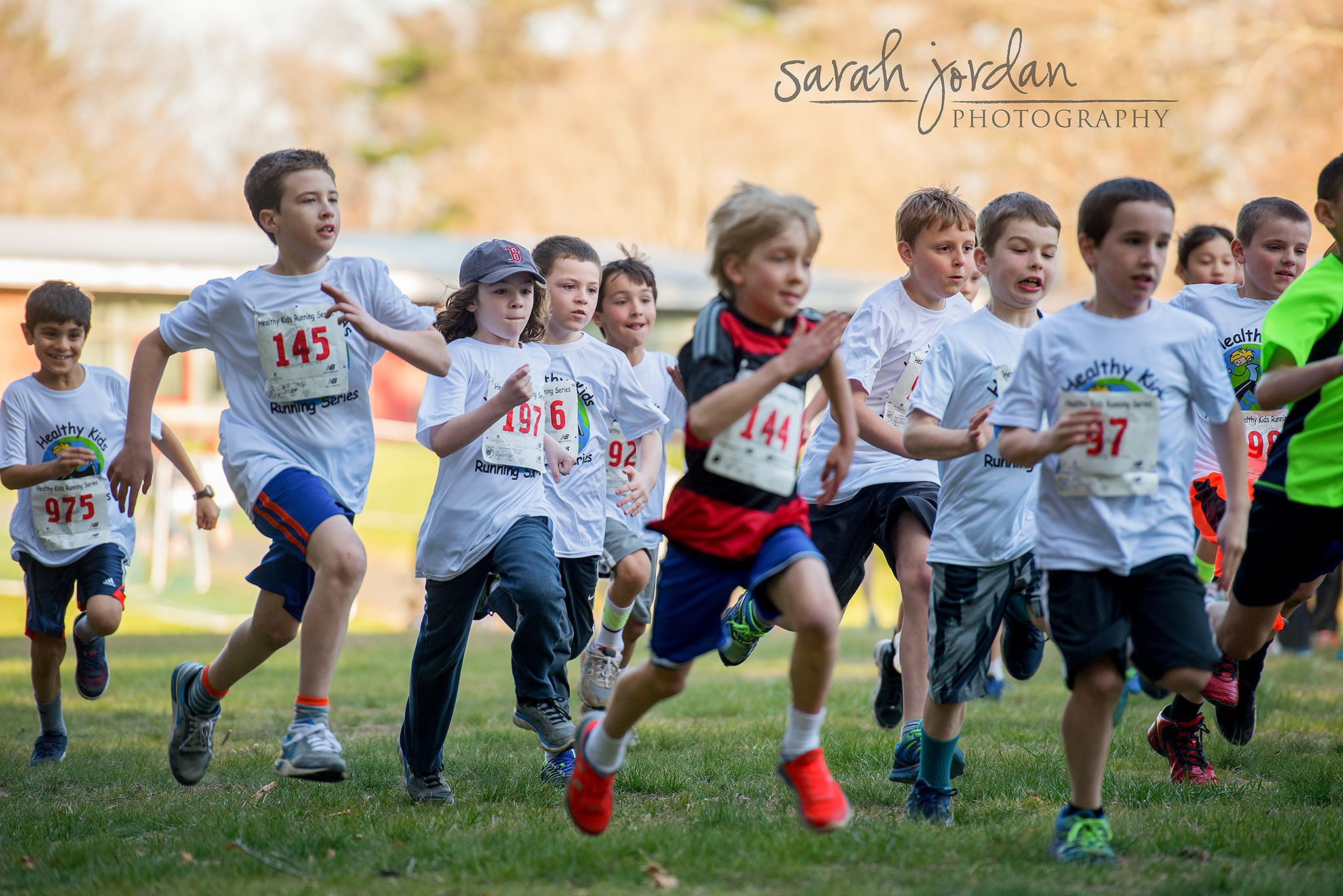
There are a million places to find advice for what to do or not to do when it comes to running. Only one has the expertise and focus on kids that YouthRunner has. Their coaches were kind enough to take time to answer questions sent in by readers. Here’s our first part of this ongoing series!
How important is sleep?
Coach Drew: Sleeping is huge. If you are not getting enough hours – OR the right kind of hours – your training will be affected. Most people say one should get eight hours or sleep at least. Again, consistency is the key here. Your body loves being consistent. If you can run at the same time everyday, eat at the sometime, and sleep at the same time. Make it a goal to be in bed at a good time every night. At the same time don’t stress out when you are not sleeping well. The last thing you want to do is be sitting in bed stressing yourself out trying to force yourself to fall asleep. Remember, all of the “little things” count, but have confidence that when you step on the line you are going to run hard no matter what negativities have occurred.
What does it mean when you get a side ache or a side stitch?
Coach Mike: A side ache is a cramp in the diaphragm area of the body. It usually rears it ugly head when you are working out harder than you’re used to. When your body needs more oxygen it makes you breathe in and out harder forcing your diaphragm upwards, but most kids by habit pull their belly in which causes the diaphragm up. The diaphragm will do its best but eventually fatigue sets in and cramping begins. You can reduce your chances of having diaphragm cramps by the practice of pushing the belly out during inhalation. This is a great exercise to practice during your harder workouts.
What should the arm action be while I’m running?
Coach Mike F.: The best way to keep your arm action is by swinging the arms side to side but do not cross the middle part of your body. Your arms should be side to side in a coordinated action. Your hands should be loose and relaxed. Bill Dellinger once told me to visualize holding a flower so you won’t have the instinct to clench your hands. Clenching your hands is a waste of valuable energy and creates more stress on the body.
Is it safe for kids between the ages of 7-9 to run 8k races? What are safe distances for kids to run?
Coach Michael B.: I would recommend starting kids that are 7 to 9 years old to not race anything above a 2k . They might be able to run more in a training run on soft surfaces but their joints are still developing and it is more important to have them have fun, learn some proper running technique and just build up to that as they become older.
I run Cross-Country for my school. I have noticed when I run always ALWAYS my shoulder is always hurting. I ice it and take Tylenol, and I don’t know what to do. I was wondering if you have any suggestions. Also, when I run during practice I am good but when I get into a meet or a race I never run as well as in practice. What should I do?
Coach Michael B.: This sounds like when you train you are pretty relaxed and feel like you are training to your ability. When you enter races you might be tensing up (it is very common) and it could adversely affect your performance. It is really common to have your neck/shoulders be the first thing to tense up in a race. Try relaxing your neck and shoulders both during practice and go through a relaxation checklist right before you start a race. You will always run faster if you run relaxed and let your training take over. Many of the athletes I coach that get nervous and tense up during competition..I tell them to smile or think of something funny if they feel like they are tightening up and that they will get more oxygen in their system if they smile. rather than scowl or frown. Try it and let us know how it works!
Would it also be good to ride bikes and go for a swim while in training for XC?
Coach Kenny S.: Ash, I think that at any age cross training with swimming and biking in addition to your training for xc is a good way to build stamina. It is also an excellent way to reduce your chance of injury. If you are running 3-4 days a week and on your non running days you have the chance to ride or swim it will help round out your training. Good luck and stay healthy!
In my upcoming districts track meet, there are three runners I’m worried about. How should I prepare for the meet?
Coach Michael B.: If you were one of my athletes I would give you this advice based on what you are telling me. If your championship meet is this week then all of the work that you have done is in your system and now it is time to fine tune and put a strategy in place for your races. The most common strategy for most runners is to go out hard, ease up and then kick it in. It is really important to have a race strategy going into the competition. I would suggest that you surprise your competition in the 800 with a strong 3rd 200. This will do a couple of things… 1. Get your momentum going into the 2nd lap when generally people relax waiting to kick it in. 2. Take the confidence out of your competitors with a move that they are not expecting. Give this a try…it usually helps you drop your time down in addition to tests you to see how far you can push yourself. Good luck and let us know how it goes!






